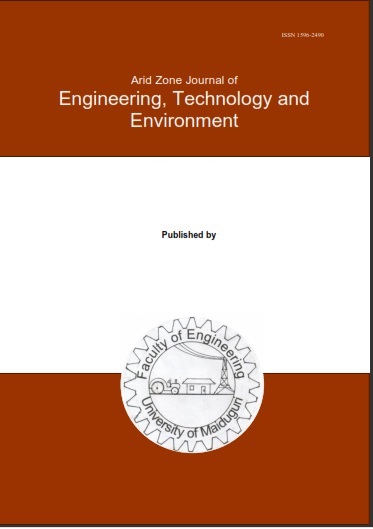Abstract
Biochar is attractive mainly due to its diverse surface functionality bringing the possibility of multipurpose utilization. The purpose of this study was to evaluate the effect of biomass cellulosic content on evolution of molecular structures of biochar. Commercial cellulose, oil palm front, and palm kernel shell were pyrolyzed at 630 °C, and their biochar structures were analyzed using ultimate and proximate compositions, pH point of zero charge, FTIR and XRD. Evaluation of biochar nanotexture based on cellulosic content (100% for commercial cellulose, 39.5% for oil palm front and 20.5% for palm kernel shell) revealed that commercial cellulose decomposed rapidly into non-graphitizing large size crystallites (65 nm) with substantial defects within their graphene sheets. The thermal decomposition mechanism for cellulose and lignin differs: cellulose decomposed rapidly to form O heterocyclic rings before final phase transition to graphene sheets at a much lower temperature, whereas lignin decomposed slowly and begins forming graphene sheets after series of condensation reactions at higher temperatures. Amorphous chars derived from lignin were thermally stable, slowing down the rapid formation of crystallites in biochar from palm kernel shell. Conclusively, highly cellulosic biomass is highly thermally unstable and tends to decomposed into biochar with lower surface functionality compared to biochar derived from highly lignified biomass.

This work is licensed under a Creative Commons Attribution-NonCommercial-NoDerivatives 4.0 International License.
Copyright (c) 2025 ARID ZONE JOURNAL OF ENGINEERING, TECHNOLOGY AND ENVIRONMENT

